Who doesn’t love bananas, but there is some concern about their future.
It seems the banana we know is in trouble according to a Canadian scientist who is working to help bananas survive.
Stan Blade (PhD., P.Ag), is dean of Agriculture, Life and Environmental Sciences (ALES) at the University of Alberta,
Listen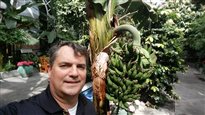
The typical banana most of us know, a long bright yellow fruit, is the “Cavendish”. It is ubiquitous in grocery stores, certainly throughout North America. It is however, not “the” banana, but merely one of well over 200 varieties.
It became popular for commercial growers only after the previous popular commercial species the “Gros Michel” (Big Mike) was virtually wiped out by the so-called “Panama” disease (Fusarium oxysporum fungus) which spread quickly in the massive mono-culture plantations.
By the 1960’s no commercial operations could grow the type anywhere in the Americas, Caribbean, and in other places. It is still available in South-East Asia
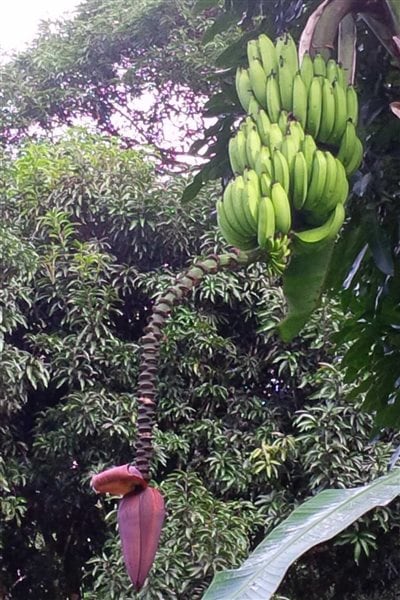
The Cavendish, although less sweet, was resistant to that fungus and took the Gros Michel’s place as having the other commercially interesting properties of being able to be shipped green when less prone to bruising, and then ripening later at a relatively predictable rate. It also had uniformity of growth, shape and production.
However, “Tropical Race 4 (TR4)”, a similar disease to the “Panama Disease” that wiped out the Big Mike now threatens the huge mono-culture Cavendish plantations in the same way and could possibly wipe out the Cavendish variety as well in a matter of years.
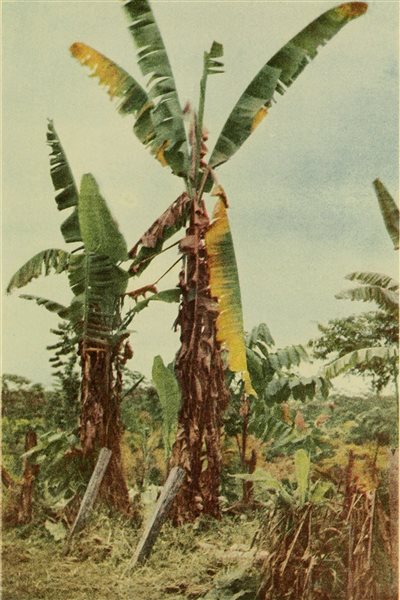
Professor Blade, an international crop research expert, is among those working to develop fungal resistance in bananas.
He is a member of the African Agricultural Technology Foundation and has also been helping to develop new banana cultivars resistant to a disease called banana wilt. He recently went to Kenya to work on one of those diseases, which is roughly comparable to clubroot.
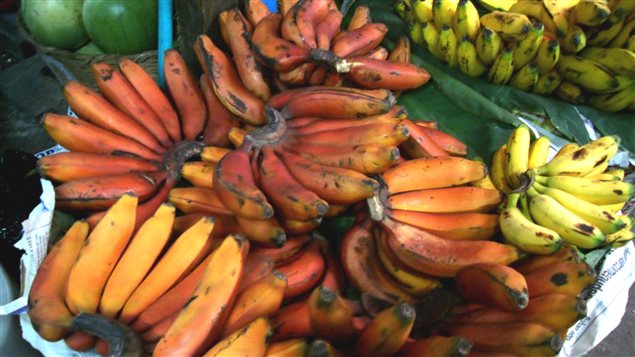
Professor Blade feels the banana industry is not investing enough in preventative research, preferring instead to continue as long as possible with the Cavendish as their system is completely geared to this particular cultivar. Bananas are genetically complex and difficult to reproduce.
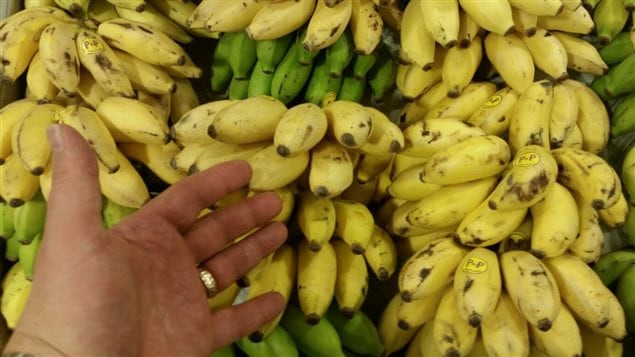
Indeed commercial varieties aren’t grown from seeds but from “suckers”, offshoots from each plant. Because these commercial varieties are all genetically identical, it makes them very susceptible to disease.
Still he says, bananas won’t disappear, although in a decade or more the ones in your store might have a slightly different look and taste, perhaps being red or purple.
He says bananas are an important staple in many parts of the world. Bananas are used in a wide variety of products even being the main ingredient in a type of beer in Africa. He notes that “traditionally-made” banana beer, looks somewhat like a watery porridge, but in spite of its looks, “it’s quite tasty”. he notes there are commercial brands which would much more resemble commercial beers elsewhere.
Additional information
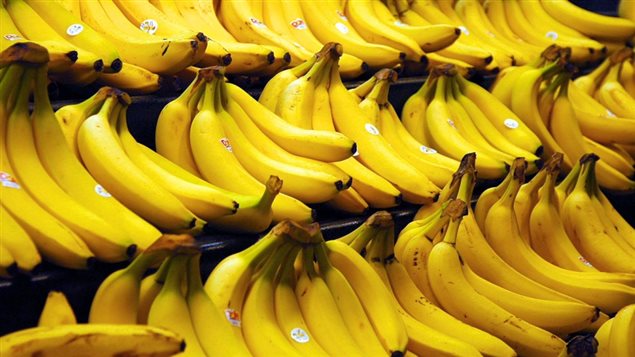






For reasons beyond our control, and for an undetermined period of time, our comment section is now closed. However, our social networks remain open to your contributions.